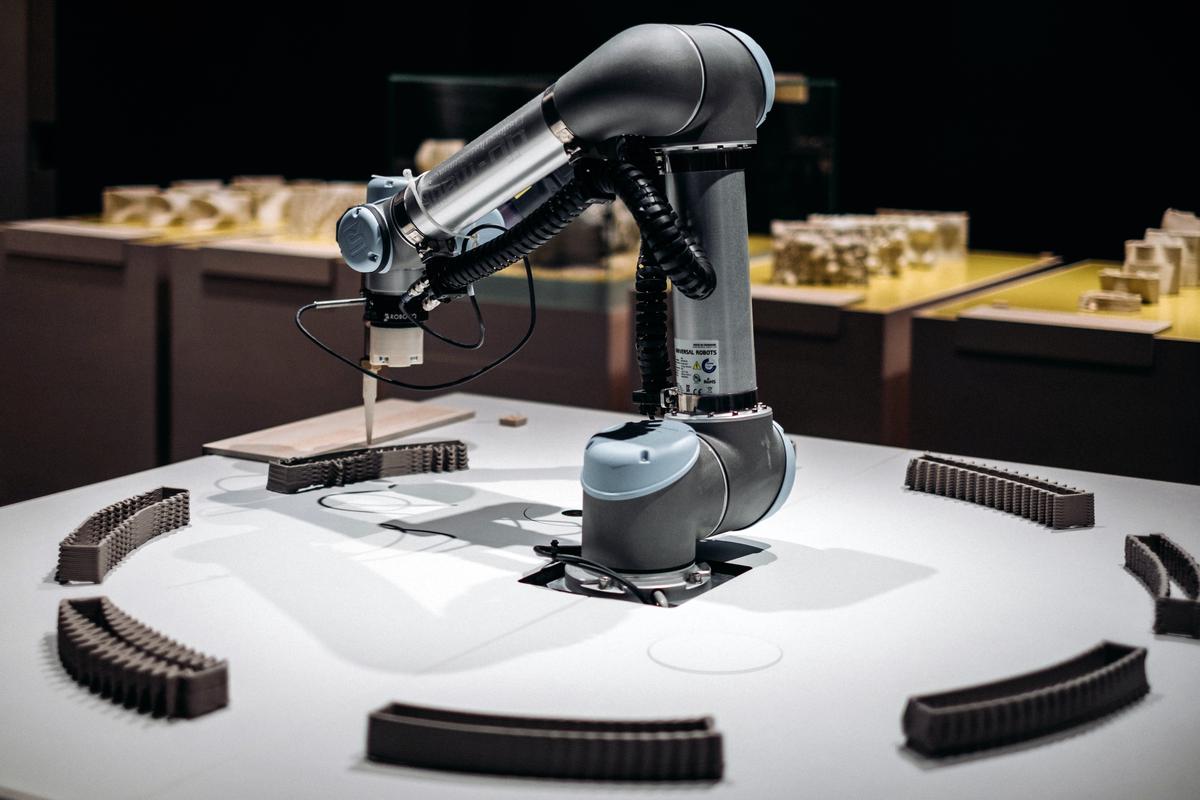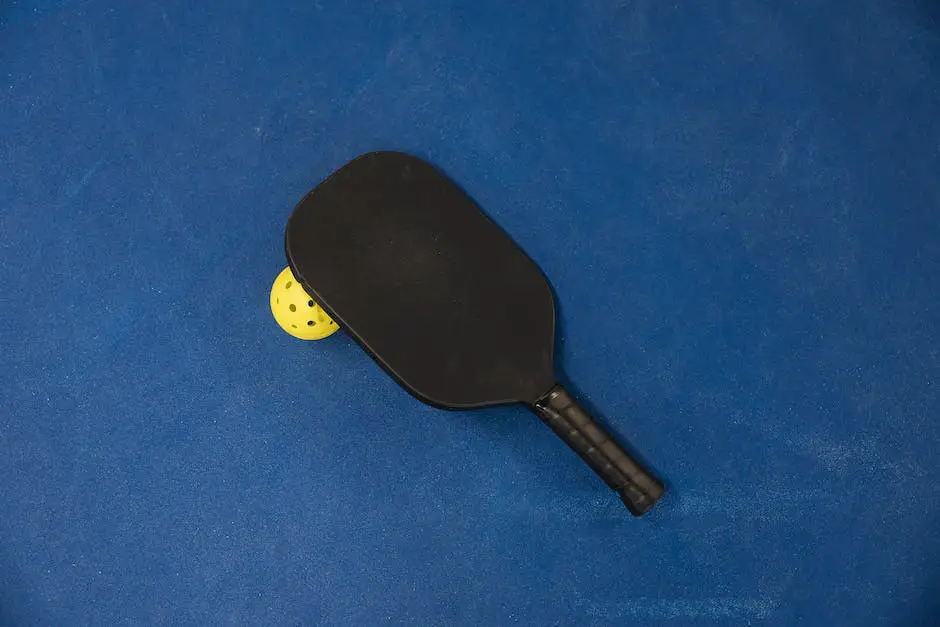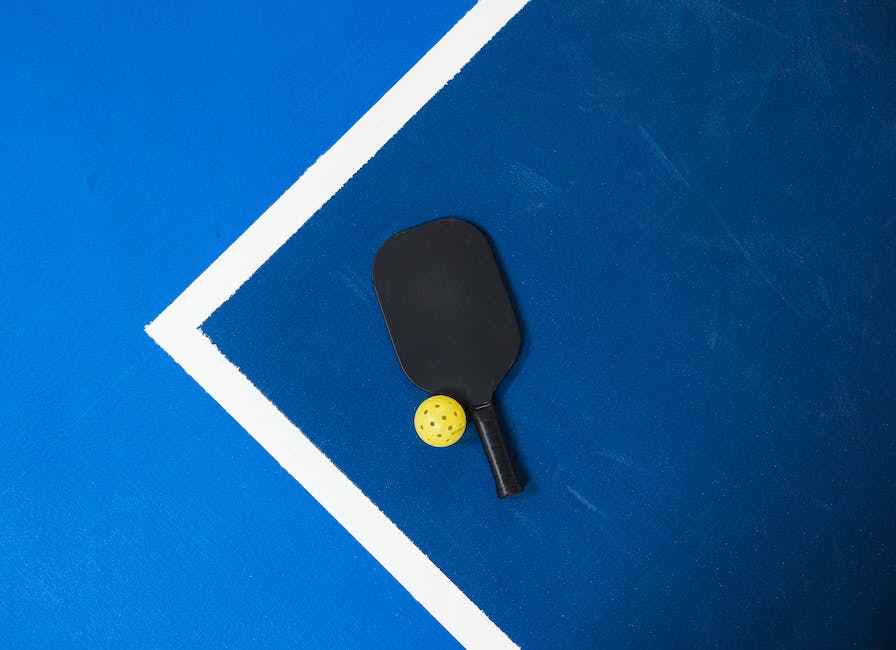Understanding the essence of any sport starts with deciphering the intricacies behind the basic elements that constitute the game, in this case, the very ball used in pickleball. If you’ve ever wondered why some pickleballs fly faster, bounce higher, or last longer than others, it all comes down to two things; the materials used in their construction and the manufacturing process. In this discussion, we venture deep into the core, quite literally, of a pickleball and uncover the materials commonly used in its production. We find out how it evolves from tiny particles of polymer or plastic to become the enthusiastically chased ball in one of America’s fastest-growing sports.
Materials Used in Pickleball Manufacturing
Materials Used in Pickleball Outer Shell
A crucial part of a pickleball’s design is its outer shell or surface, typically composed of a durable, lightweight plastic. Polypropylene is a common choice due to its resilience and ability to withstand repeated impacts. This plastic is molded into a one-piece design to ensure that there are no weak points where the ball might break or split. Additionally, the shell is perforated with small holes to create the unique aerodynamics of a pickleball, allowing it to travel at a controlled pace and bounce predictably.
The Core of a Pickleball Unveiled
At the heart of every pickleball, there’s a material distinct from the plastic used in its outer shell. This inner core is made from a polymer, presenting a perfect equilibrium between weight and bounce for the game’s needs. Expanded Polypropylene (EPP), a type of polymer, is the most widespread choice due to its lightness and hard-wearing properties. It evenly absorbs and disburses energy upon impact, guaranteeing a reliable bounce and performance. While other materials like Nomex and Aluminum offer unique traits, like added weight or enhanced durability, they aren’t as commonly used due to their high production costs.

Manufacturing Process of a Pickleball
How a Pickleball Comes to Life: From Raw Materials to a Game-Ready Masterpiece
Manufacturing a pickleball typically starts with a durable and impact-resistant plastic known as Acrylonitrile Butadiene Styrene (ABS). This plastic is molded into the fundamental shape of the pickleball, foreshadowing its unique features. This molding process largely involves melting ABS plastic pellets, which are then poured into a specially-designed mold resembling a pickleball. This is just the first step in the journey of producing a game-ready pickleball.
Pickleball Production: A Metamorphosis from Heated Plastic to Game-Ready Ball
Pickleball creation involves a complex process, beginning with the heating phase. The main material, a mold, is heated until it morphs into a pliable plastic state, ready for shaping. Once the mold is precisely formed, the next step involves drilling holes. With an average count of approximately 40, these holes are integral to the pickleball’s speed and trajectory. After this, the cooling phase begins, during which the pickleball is allowed to fully harden. Once the ball becomes room temperature, thorough inspection is conducted to ensure no manufacturing defects exist, thereafter it’s packaged and ready for distribution. The entire production chain is geared towards providing top-notch, reliable pickleballs that bring predictable, game-enhancing performance to the court.

How Material Affects Pickleball Performance
Pickleball Material and Its Impact on Gameplay
At its core, a pickleball is made from a tough, hard-wearing plastic known as polyethylene. This robust material enables the pickleball to withstand intensive gameplay while preserving its shape, resulting in consistent performance. Polyethylene’s attributes – high resilience against impact, low weight, and suitable bounce – make it a preferred choice by pickleball brands like Onix, Franklin, and Dura.
Interestingly, the physical makeup of a pickleball, it’s not just the robust polyethylene construction that influences gameplay. The seemingly minute details like the drill holes, referred as perforations, have a tangible impact on the ball’s speed and direction. The quantity and size of these holes vary per brand, adding another layer of gameplay strategy. A ball with more or larger holes experiences faster slowdown due to air resistance and may not bounce as high. Conversely, fewer or smaller holes equates to a faster, higher-bouncing ball. Through careful balancing of hole size and quantity, brands can control various aspects – speed, bounce and durability – of the pickleball. It clearly shows how crucial the material choice is in shaping the game dynamics.
Durability and Material Choice
In terms of durability, the material and design of a pickleball play a pivotal role. More premium pickleballs are constructed with a one-piece, seamless design to ensure heartier resistance against potential splits or cracks. However, these models tend to be a bit more expensive. Alternatively, less expensive pickleballs are often made using a two-piece construction where the halves are glued together, but these versions may not be as durable. In any case, material choice is a balancing act between performance and durability, and understanding these differences can enhance the overall pickleball experience.

The performance of a pickleball in gameplay, it’s speed, bounce and longevity are largely determined by the materials chosen by the brand during manufacturing. The implications of this painstakingly precise production process are echoed in every shot you make. So, bear in mind, the next time you hit a pickleball, there’s a rich history of technological evolution, material science and manufacturing genius at play in that simple action! After all, to appreciate the game completely, we must endeavor to understand it in its entirety, starting with the humble, yet fascinating, pickleball.

I am Michael Wanner, an experienced and educated expert in the field of pickleball. I hold a degree in Sports Science from Cleveland State University, Ohio, USA. My expertise lies in the technical aspects of pickleball and how to play it effectively. I have spent many years playing and coaching pickleball and have a wealth of knowledge to share with my readers. I am a valuable resource for anyone looking to improve their pickleball skills and strategies.
